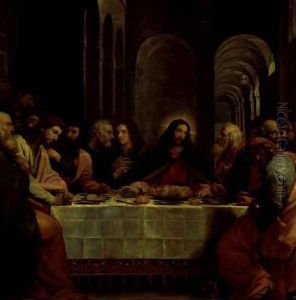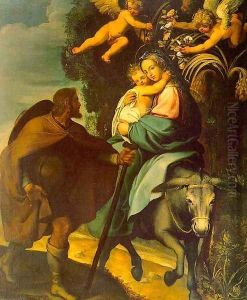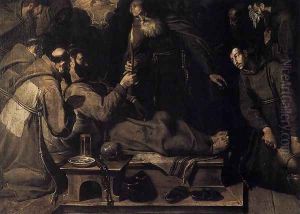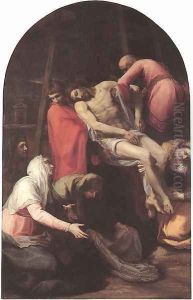Bartolome Carducci (or Carducho) Paintings
Bartolome Carducci, also known as Bartolomé Carducho, was an Italian painter who spent a significant part of his career in Spain. Born in Florence in 1560, he was the younger brother of Vincenzo Carducci (also known as Vincenzo Carducho), who was also a painter of considerable repute. The brothers were of Italian descent but made their most influential contributions to the Spanish Renaissance.
In 1585, Bartolomé Carducci moved to Spain to join his brother, who had already been working in the Spanish court since 1582. They both became prominent figures at the court of King Philip II. Bartolomé worked on several important projects, including the decoration of the Escorial. His style was deeply influenced by the Tuscan mannerism and the artistic trends prevalent in late 16th-century Italy, which he adeptly combined with the aesthetic preferences of his Spanish patrons.
Throughout his career in Spain, Carducci established himself as a master of both religious and secular themes. He was adept at fresco painting, a skill that was in high demand for the decoration of churches and palaces. His work is characterized by careful composition, attention to detail, and a vivid use of color. Despite his Italian origins, Carducci's work had a lasting impact on the development of Spanish art, and he can be considered a key figure in the cultural exchange between Italy and Spain during the Renaissance period.
Bartolomé Carducci died in Madrid in 1608. His legacy continued through the works he left behind, which are now considered valuable examples of the fusion of Italian Renaissance artistic principles with Spanish artistic traditions. His contributions to the Escorial and other significant Spanish landmarks are particularly notable for their art historical importance.



